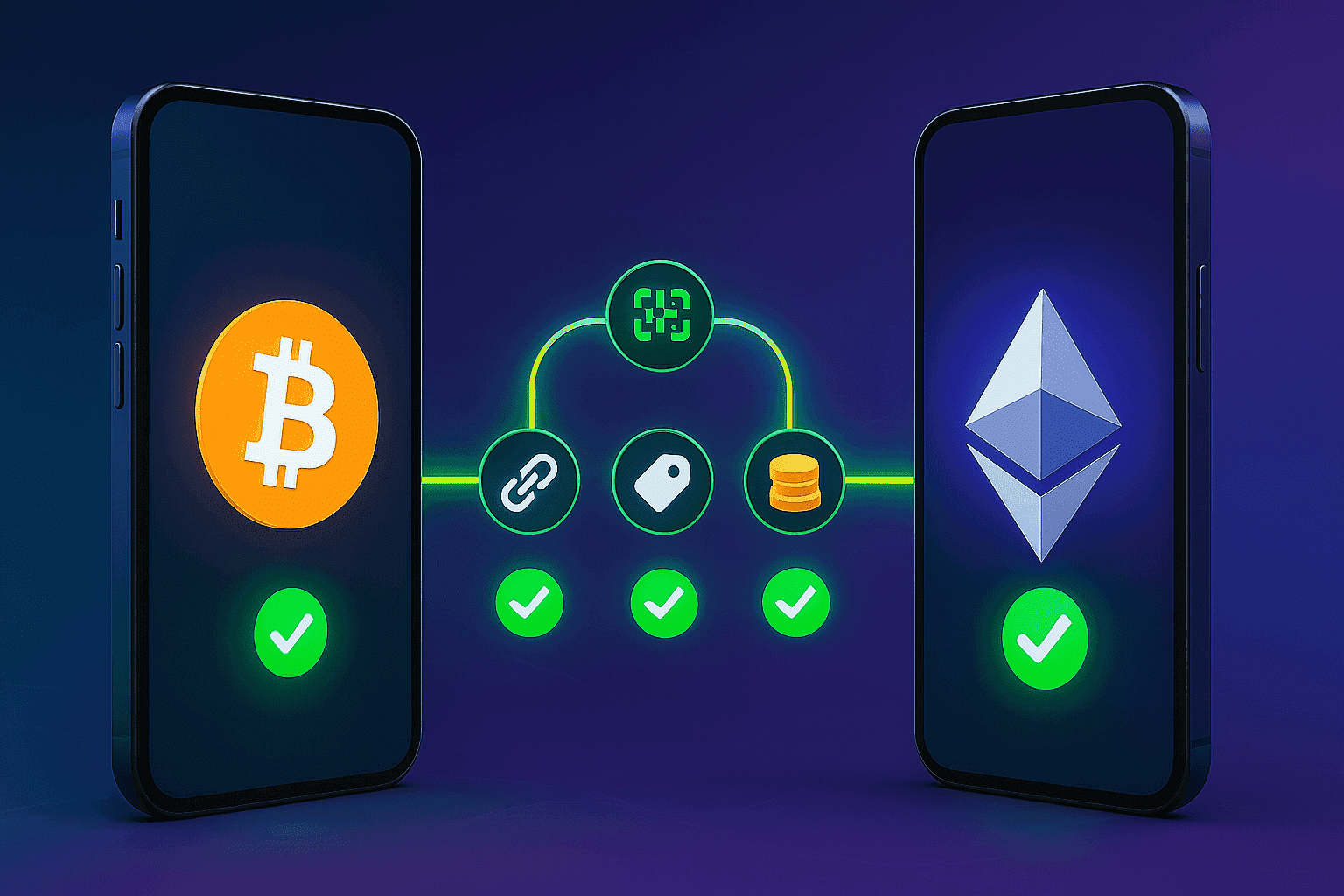Sending cryptocurrency is a fast and convenient way to transfer value globally, but even a single oversight can lead to permanent loss of funds. In this article, we’ll walk through a detailed procedure for preparation, data verification, and execution of transactions so you can avoid errors at every step. Follow our guidelines for address validation, network selection, optimal fee settings, memo/tag usage, and secure seed-phrase handling. At the end, you’ll find an extended checklist, real-world case studies, and a comprehensive FAQ.
1. Preparation: Planning and Security
1.1 Defining Purpose and Amount
Before sending funds, determine the transaction’s purpose—service payment, investment, or peer transfer. This helps you choose appropriate fee priority. Always plan your budget to include a small test transfer (5–10 USD) before the main transaction.
1.2 Phishing Risk Assessment
Ensure the wallet or exchange URL is correct (https with a padlock). Do not click links from unsolicited emails or social media without verification. Use browser bookmarks and enable two-factor authentication (2FA) for added protection.
2. Verifying the Recipient Address
2.1 QR Code Scanning and Official Apps
Scan the recipient’s QR code using the wallet’s official app. This auto-fills the address and minimizes human error. Always verify the source of the QR code—avoid scanning from untrusted screenshots.
2.2 Visual and Checksum Verification
After pasting via copy/paste, manually check the first and last 4–6 characters of the address. For extra safety, use checksum utilities (for example, in MyCrypto or a local script) to confirm address validity.
3. Choosing the Correct Network and Protocol
3.1 Major Blockchain Networks
Each cryptocurrency may exist on multiple networks: BTC, BCH, BSC (BEP-20), ERC-20, TRC-20, etc. Before sending, confirm the recipient’s wallet supports your chosen network. An incorrect network selection results in irreversible loss.
3.2 Consequences of Network Mismatch
If you send ERC-20 tokens to a BSC address without bridging, the transaction may stall or fail. Always check with your recipient which protocol to use, or refer to our guide “How to Choose the Right Network”.
4. Fee Configuration
4.1 Dynamic Fee Algorithms
On Bitcoin, fees are based on transaction size (bytes), while on Ethereum EIP-1559 combines a base fee with a priority tip. Use mempool.space for BTC and Etherscan Gas Tracker for ETH to view real-time recommended rates.
4.2 Tips for Saving on Fees
- Consolidate small transfers into a single larger one when possible.
- Avoid peak hours (UTC 13:00–17:00 for BTC, UTC 14:00–18:00 for ETH).
- For low-value tokens, consider less congested networks (e.g., BSC instead of ERC-20).
5. Using a Secure Wallet
5.1 Hardware vs. Software Wallets
Hardware wallets (Ledger, Trezor) keep your private keys offline, protecting against hacks. Software wallets (MetaMask, Trust Wallet) are convenient but vulnerable to malware. For large sums, consider multisig solutions or hardware devices.
5.2 Seed-Phrase and Private Key Protection
Never store your seed phrase digitally (screenshots, text files). Use metal backups, crypto-resistant markers, or engraved plates. Distribute parts of your seed among trusted parties or secure safes.
6. Transaction Details and Memo/Tag
6.1 Memo/Tag Usage
Some coins (XRP, XLM, EOS) require an additional identifier—memo or destination tag. Without it, funds won’t be credited. See our detailed guide: “What Is a Memo/Tag and How to Use It”.
6.2 Preview and Confirm
Before finalizing, use the preview feature in your wallet or exchange. Double-check address, amount, network, fee, and memo. This step greatly reduces the risk of accidental mistakes.
7. Pre-Send Checklist
- Define transaction purpose and set a test amount.
- Verify network and device security.
- Scan and verify address via QR and copy/paste.
- Confirm the correct protocol (ERC-20, BEP-20, TRC-20, etc.).
- Set optimal fee per service recommendations.
- Include memo/tag if required.
- Preview transaction and confirm details.
- Execute the test transfer.
- Monitor status on a block explorer.
- Archive transaction receipts and screenshots.
8. Common Mistakes and Real-World Cases
- Case 1: Transaction stalled due to low fee—funds were recovered using Replace-By-Fee.
- Case 2: BSC transfer sent to ERC-20 address—funds lost because no bridge was used.
- Case 3: Missing memo for XRP—exchange returned funds but charged a return fee.
- Case 4: Seed phrase stored in cloud—compromised via phishing, resulting in loss.
9. FAQ
- Do I need a test transfer? Yes—always send a small amount first.
- What if I enter the wrong address? Blockchain transactions are irreversible—always verify beforehand.
- What is the minimum fee? It varies by network; check mempool.space and Etherscan Gas Tracker.
- How do I know if the network is congested? High recommended fees and slow confirmation times.
- What is Replace-By-Fee? A Bitcoin feature to increase the fee of a pending transaction.
- Can I cancel a transaction? No—once confirmed in a block, it’s final.
- How to check status? Use block explorers like Blockchain.com, BSCScan, or Etherscan.
- Are mobile wallets safe? Yes, if open-source and hardware-supported.
- What is multisig? A setup requiring multiple keys to sign a transaction.
- Should I update my wallet? Yes—updates include critical security fixes.
- How to protect seed from fire? Use metal backups or secure safes.
- Who to contact for issues? Wallet/exchange support and official forums.
Conclusion
Sending cryptocurrency safely requires meticulous preparation and attention: verify addresses, select the right network, set optimal fees, use memo/tags, and secure your wallet and seed phrase. Follow the checklist, learn from real-world cases, and explore our other resources (“How to Choose an Exchange”, “Seed Phrase Management and Recovery”) to ensure successful and secure transfers.





















